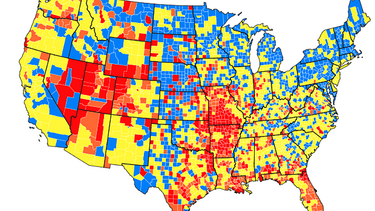COVID19
Going the Last Mile (with Evidence)
A study by Yale’s Mushfiq Mobarak and his colleagues found that nurses on motorbikes with vaccine-stocked coolers could help increase vaccination rates in rural Sierra Leone, showing that it is possible to get health interventions to the most remote and under-resourced areas cost-effectively, in ways that help ensure that the interventions are taken up and used.
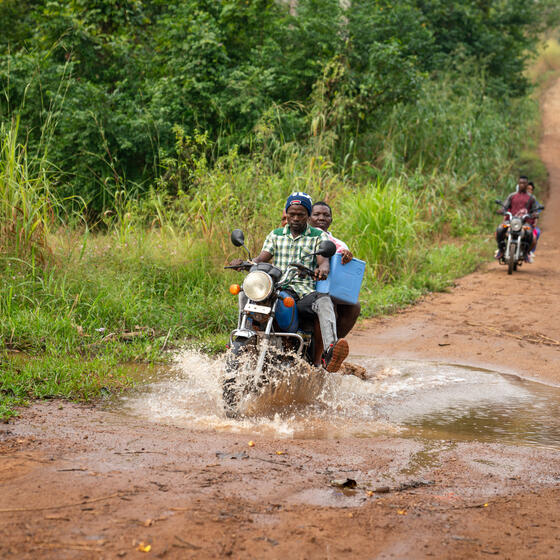
Navigating a New Now: What a New York City Doctor Has Learned During the Pandemic
Dr. Charles Powell ’19, chief of pulmonary critical care for Mount Sinai, says that promising new approaches to research, diagnosis, and treatment have emerged from the devastation.
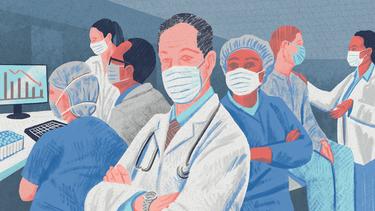
Controlling the Virus Is the Key to Reducing Inflation
Yale SOM’s William English, a former economist at the Federal Reserve, explains the role of COVID-19 in the spike in prices, considers how policymakers can respond, and confronts the sheer uncertainty of the times.
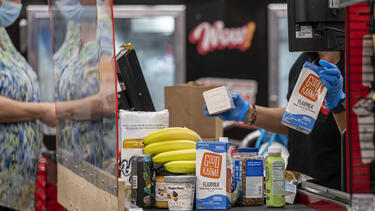
Navigating a New Now: Prioritizing a Vulnerable Community
Dr. Suzanne Lagarde ’14, CEO of Fair Haven Community Health Care, explains how she adapted vaccine delivery to meet the needs of the community even as the unrelenting pandemic took a toll on her staff.
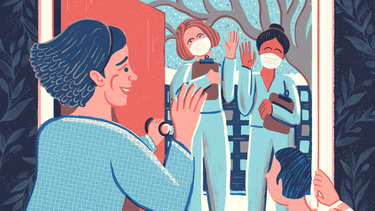
Soaring COVID Rates in the South Show Why We Need Vaccine Mandates
The data shows that low vaccination rates in southern states are leading to thousands of needless deaths, write Albert Ko of the Yale School of Public Health and Anjani Jain and Jeffrey Sonnenfeld of Yale SOM.

COVID Outcomes in Two States Show That Leadership Matters
Yale SOM’s Anjani Jain and Jeffrey Sonnenfeld on how the rhetoric and policies of Governors Ron DeSantis of Florida and Ned Lamont of Connecticut have shaped their states’ responses to the resurgence of COVID-19—with profound implications for their constituents.

In a First, Randomized Study Shows That Masks Reduce COVID-19 Infections
A large study co-authored by Yale SOM’s Jason Abaluck and Mushfiq Mobarak found that a mask-promotion program in Bangladesh significantly lowered symptomatic infections, especially among older people and when surgical masks are used.
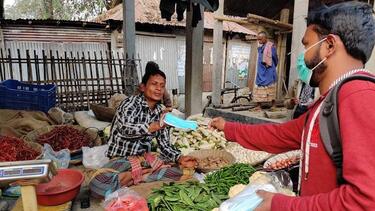
How to Distribute Scarce Medical Supplies in a Pandemic—and Do It Fairly
Early in the pandemic, states waited in frustration for medical equipment from the Strategic National Stockpile. New research outlines a better way to efficiently and equitably allot emergency supplies.

To Stop a Pandemic in Its Tracks, Coordinate across Borders
New research co-authored by Yale SOM’s Paul Goldsmith-Pinkham shows that a proactive approach, in which jurisdictions respond to infections in neighboring areas, can dramatically lower spread in the early stages of an epidemic.
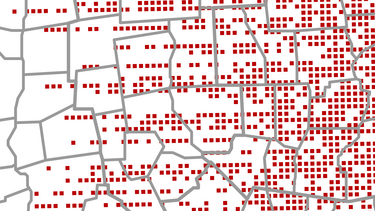
Send Vaccines Where People Want Them: Developing Nations
COVID-19 vaccine acceptance is significantly higher in low- and middle-income countries than wealthy ones. Prioritizing those countries for vaccine distribution could help save more lives and keep variants at bay.
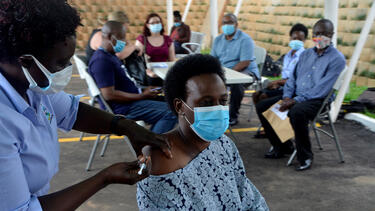
A Pandemic Landscape of Optimism and Uncertainty
Nationally, infection rates are close to their low point and many Americans are resuming their usual activities, but the more transmissible Delta variant is spreading and vaccinations are still low in some areas. We asked Yale SOM's Dr. Howard Forman where things stand now.
